NEW YORK, U.S.: In 2019, the Centers for Disease Control and Prevention (CDC) released a statement declaring that Candida auris is an emerging fungus that presents a serious global health threat. One of the main reasons that CDC released the statement was because C. auris outbreaks had occurred in health care settings.
After C. auris was first isolated from the ear of an elderly patient in Japan in 2009, infections have been recorded in more than 30 countries. The most recent outbreaks have taken place in Venezuela, South Africa, the U.S., Spain and England. According to CDC, as of November 2019, a total of 950 confirmed cases in the U.S. have been reported.
It is commonly found in older or sick patients, and more than a third of those who contract the fungal infection die within a few months, reports CDC. This risk to patients who may already be suffering from another illness is increased by the fungus’s ability to survive the type of industrial cleaning that may take place in the hospital room where a patient with C. auris was cared for. This makes it easier for it to be passed on in health care settings.
In a 2018 study, titled “Surface disinfection challenges for Candida auris: an in-vitro study,” Prof. Gordon Ramage from the University of Glasgow Dental School showed that C. auris was able to selectively tolerate clinically relevant concentrations of sodium hypochlorite and peracetic acid in a surface-dependent manner. The discovery is something that researchers noted “may explain its ability to successfully persist within the hospital environment.”
Speaking to Dental Tribune International, Ramage said, “Unlike many other Candida species, there are high levels of pan-fungal resistance. Dentally, this may mean that azole and polyene drug resistance could feasibly be found in some strains associated with the oral cavity, thereby reducing our therapeutic options.”
Speaking about the threat C. auris poses in the dental setting, Ramage explained that there is no greater threat than that posed by any other oral Candida species. “We are yet to have any understanding of how they behave in complex biofilm communities like those that exist in the oral cavity. Like other Candida species, they could become invasive in patients undergoing surgical procedures. Their main issue could be resilience in the dental clinic, and studies have shown them to persist in the health care setting and from here can spread patient to patient.”
In a 2019 New York Times article, it was reported that, after a patient with C. auris died at Mount Sinai Hospital, the fungus lived on. According to the article, tests showed that the fungus had spread throughout the entire room where the patient had been cared for, and the hospital needed to remove some of the ceiling and floor tiles to eradicate it. “Everything was positive—the walls, the bed, the doors, the curtains, the phones, the sink, the whiteboard, the poles, the pump,” said Dr. Scott Lorin, the hospital’s president.
However, despite the threat that it poses, Dr. Robert H. Shmerling, a faculty editor for Harvard Health Publishing, believes that it is not time to panic. In an article titled “The latest deadly superbug—and why it’s not time to panic,” Shmerling said that the drug-resistant fungus was a cause for concern, but that there was more that needed to be known. Healthy people rarely contract the infection, and Shmerling believes that the best way of dealing with this latest superbug is by taking basic precautions, such as the proper washing of hands.
Tags:
BUENOS AIRES, Argentina: Sunstar proudly announces the launch of Oral Cancer: Prevention and Patient Management, an FDI World Dental Federation chairside ...
BRUSSELS, Belgium: The European Federation of Periodontology (EFP) has announced a new guideline aimed at helping oral health professionals around the world...
NEW YORK, U.S.: Recent papers on opioids and their use within the dental industry have drawn increased attention. In response to research related to opioid ...
BRUSSELS, Belgium/BIRMINGHAM, UK: Treat your gums” is the slogan for Gum Health Day 2022, a worldwide awareness campaign organised by the European ...
BRUSSELS, Belgium: The European Federation of Periodontology (EFP) recently commissioned the Economist Intelligence Unit (EIU), a provider of forecasting ...
For the last three decades, the combined global prevalence of dental caries, periodontal disease and tooth loss has remained unchanged and higher than the ...
LOS ANGELES, U.S.: University of Southern California (USC) researchers and collaborators from the University of California, Los Angeles (UCLA) have reported...
COPENHAGEN, Denmark: A study conducted by researchers in France has suggested that people who believe that external factors—such as luck or ...
LEIPZIG, Germany: Major dental manufacturers have begun the year with cautious optimism and an ear to the ground. The first financial quarter of 2025 did ...
BRUSSELS, Belgium/GENEVA, Switzerland: Though various associations between periodontal health and cardiovascular health have previously been explored, a ...
Live webinar
Fri. 12 December 2025
1:00 pm EST (New York)
Live webinar
Fri. 12 December 2025
2:00 pm EST (New York)
Deepak Simkhada RDHT, BSc, MSc, PGCE, FSET, Cat Edney
Live webinar
Mon. 15 December 2025
5:30 am EST (New York)
Live webinar
Mon. 15 December 2025
2:00 pm EST (New York)
Dr. Andrew Ip, Przemek Seweryniak
Live webinar
Mon. 15 December 2025
5:00 pm EST (New York)
Live webinar
Wed. 17 December 2025
6:00 am EST (New York)
Dr. Piet Haers Oral and Maxillofacial Surgeon



 Austria / Österreich
Austria / Österreich
 Bosnia and Herzegovina / Босна и Херцеговина
Bosnia and Herzegovina / Босна и Херцеговина
 Bulgaria / България
Bulgaria / България
 Croatia / Hrvatska
Croatia / Hrvatska
 Czech Republic & Slovakia / Česká republika & Slovensko
Czech Republic & Slovakia / Česká republika & Slovensko
 France / France
France / France
 Germany / Deutschland
Germany / Deutschland
 Greece / ΕΛΛΑΔΑ
Greece / ΕΛΛΑΔΑ
 Hungary / Hungary
Hungary / Hungary
 Italy / Italia
Italy / Italia
 Netherlands / Nederland
Netherlands / Nederland
 Nordic / Nordic
Nordic / Nordic
 Poland / Polska
Poland / Polska
 Portugal / Portugal
Portugal / Portugal
 Romania & Moldova / România & Moldova
Romania & Moldova / România & Moldova
 Slovenia / Slovenija
Slovenia / Slovenija
 Serbia & Montenegro / Србија и Црна Гора
Serbia & Montenegro / Србија и Црна Гора
 Spain / España
Spain / España
 Switzerland / Schweiz
Switzerland / Schweiz
 Turkey / Türkiye
Turkey / Türkiye
 UK & Ireland / UK & Ireland
UK & Ireland / UK & Ireland
 Brazil / Brasil
Brazil / Brasil
 Canada / Canada
Canada / Canada
 Latin America / Latinoamérica
Latin America / Latinoamérica
 USA / USA
USA / USA
 China / 中国
China / 中国
 India / भारत गणराज्य
India / भारत गणराज्य
 Pakistan / Pākistān
Pakistan / Pākistān
 Vietnam / Việt Nam
Vietnam / Việt Nam
 ASEAN / ASEAN
ASEAN / ASEAN
 Israel / מְדִינַת יִשְׂרָאֵל
Israel / מְדִינַת יִשְׂרָאֵל
 Algeria, Morocco & Tunisia / الجزائر والمغرب وتونس
Algeria, Morocco & Tunisia / الجزائر والمغرب وتونس
 Middle East / Middle East
Middle East / Middle East


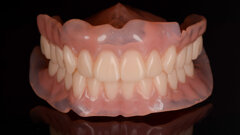
























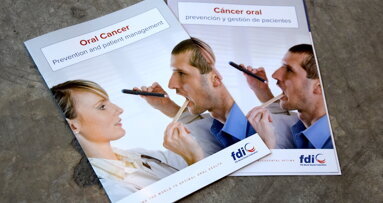
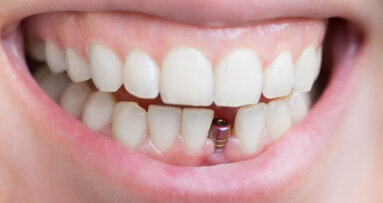



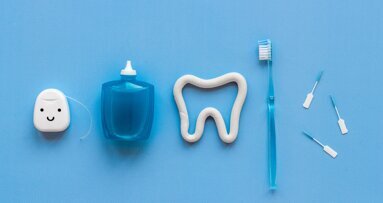


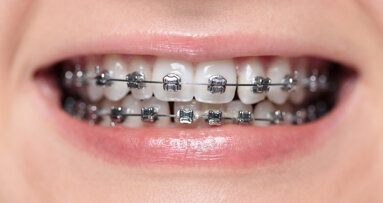
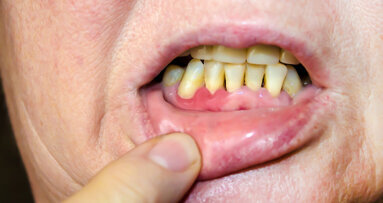








To post a reply please login or register